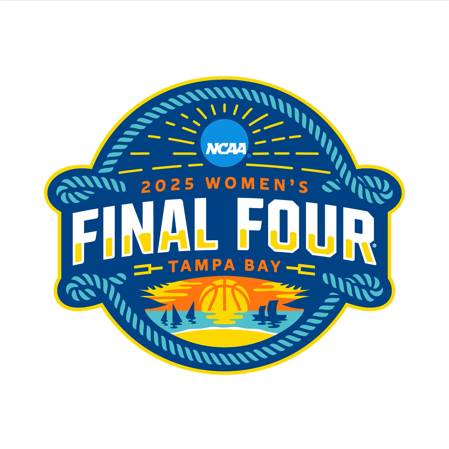Two weeks ago, The Crow’s Nest ran a story revealing the lack of convenience on campus for students with disabilities. While most facilities were in compliance with the Americans with Disabilities Act, majority met the standards at a bare minimum.
An afternoon with Robert Beasey, a student with cerebral palsy who uses a motorized wheelchair, revealed problems caused by lack of automatic doors, narrow ramps, tight restrooms and limited elevator access.
“A lot of things might be in compliance and meet the letter of the law, but it doesn’t mean they’re convenient or that they meet the spirit of the law,” said Barry McDowell, director of Student Disabilities Services.
One on-campus issue — the pressure required to open manual doors — meets neither the letter nor the spirit of the ADA law. While ADA does not require doors to be automatic, it does require them to be at least 32 inches wide, with a pressure of no more than 5 pounds. Using a pressure gauge, an ADA compliance expert from USF Tampa found that many doors on campus are not compliant. Fortunately, McDowell said this issue is easily fixed.
Door pressure adjustment will likely be high on the agenda for the SDS’s newest initiative, PAW, an acronym for Physical Accessibility Workgroup. The PAW committee contains McDowell, Beasey, an employee from the school’s facilities department, a faculty member with a disability and a representative from human resources.
PAW’s goal is to evaluate the campus, taking a look at each facility to see where accessibility lags. It is in in the process of developing a transition plan — something the Tampa and Sarasota-Manatee campuses have already done — that will serve as a prioritized list of tasks to be done.
Since pricing makes installing automatic doors in every building impractical, the workgroup will identify where automatic entrances are most necessary. While some automatic door openers can be installed for a few hundred dollars, as The Crow’s Nest originally reported, McDowell said USFSP’s automatic doors cost closer $3,000.
According to McDowell, most areas meet the bare minimum for ADA compliance. And in some cases, the minimum is tough to define.
The differences between the letter and spirit of the ADA law are further complicated by the law’s interpretation.
For example, the narrow ramp leading to the west entrance of the Science and Technology building was approved by an ADA consultant from the Tampa campus. However, the ramp’s base is only about 34.5 inches across and according to the ADA Accessibility Guidelines for Buildings and Facilities, which say, “The minimum clear width of a ramp shall be 36 inches,” this ramp does not meet the standard. A two-inch handrail further reduces the ramp’s width.
McDowell said if there were not a wider ramp on the north side of STG, improvements would be made to the ramp on the west side.
Restrooms are another critical issue for people who use wheelchairs. Though the Student Life Center’s downstairs restroom and has an automatic door and displays a wheelchair accessible logo, it does not provide enough space for most wheelchairs.
The upstairs restroom provides sufficient space but does not have an automatic door. For disabled students, a simple restroom break in the SLC becomes a drawn out process.
McDowell said renovating restrooms to accommodate wheelchairs is so expensive that it is rarely done to more than one stall — if any.
When construction of the University Student Center began a few years ago, it compromised accessible parking. Students in wheelchairs, with walkers, or with conditions that disabled them from walking long distances complained about not being able to get to the library.
Accessible parking is now available between the basketball courts outside the USC and the retention pond, but spaces are limited and still require a small hike to the reach the library.
Recently, SDS has been concentrating their efforts on accessibility in residence halls. While the Tampa campus provides disability-related accommodations in on-campus housing, USFSP does not.
The university has never had a student in a wheelchair live on campus but McDowell said he has a few students interested in doing so next school year.
“Until somebody needs it, we don’t address it,” McDowell said, explaining the problem within SDS’s procedures.
About 110 students are currently registered with the SDS office, with a range of physical, psychological, visual, auditory and developmental disabilities.
Though its name indicates a focus on physical accessibility, the PAWS initiative will encompass all types of disabilities, including visual and auditory.
McDowell notes that almost every course offered in the USF system uses online content. To make these courses accessible to everyone, SDS is working to make captioning and screen reading software for more readily available.
McDowell and his employees are constantly learning new ways to accommodate students with disabilities and help them achieve. He believes the PAW committee will grant SDS more power to make changes on campus.


